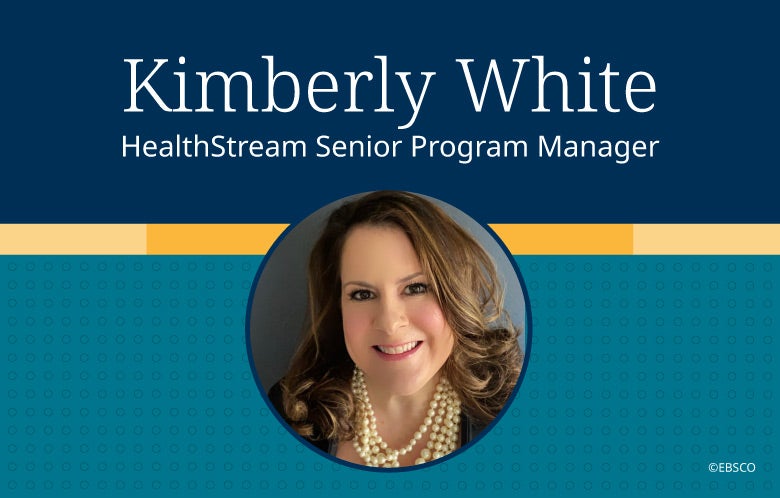It is no surprise that the health care space has been impacted significantly since the COVID-19 pandemic. As healthcare worker shortages continue and nursing strikes increase, due to burnout and other factors, hospitals are facing overcrowding and some patients may struggle to receive the timely care they may need.
With ongoing staffing challenges, patients are often encouraged to be seen outside of the hospital in more nontraditional “non-acute settings” (outpatient clinics, home health care services, long-term care, etc.). This push helps to increase the opportunities for patients to receive care outside of the hospital. As health care workers in these non-acute settings start to treat these patients, they find themselves in need of extended resources at the point of care to make efficient, relevant and evidence-based decisions.
In response, Dynamic Health, which offers evidence-based skill and competency development content to nurses and health professionals, is enhancing its non-acute skills content to include diagnoses and conditions that are not traditionally treated in these settings. The continuum of care in non-acute health care settings include:
Ambulatory Care Settings
More than 30 skills have been added for those working in ambulatory settings (clinics, urgent care, physician offices) where patient needs and procedures are often different than in more traditional settings, including hospitals.
As non-acute health care workers start to treat these patients, they find themselves in need of extended resources at the point of care to make efficient, relevant, evidence-based decisions.
As non-acute health care workers start to treat these patients, they find themselves in need of extended resources at the point of care to make efficient, relevant, evidence-based decisions.
Clinical Assistants Collection
More than 50 skills have been added to this collection, in partnership with the Healthcare Association, with skills geared to medical assistants, nursing assistants, and others who need more training from the ground up.
Long Term Care Settings
More than 40 skills have been added to support those working in locations such as Assisted Living Facilities or Skilled Nursing Facilities.
New media has also been added to these skills, with an enormous breadth of resources and evidence-based information geared toward nurses and health professionals working at the point of care.
There is no way to tell whether the pendulum will swing and when hospital staffing might return to the status quo. Preparing healthcare professionals in non-hospital care settings with the resources they need to be flexible will be important to reduce additional burnout — and provide patients with the care they need, when they need it.



